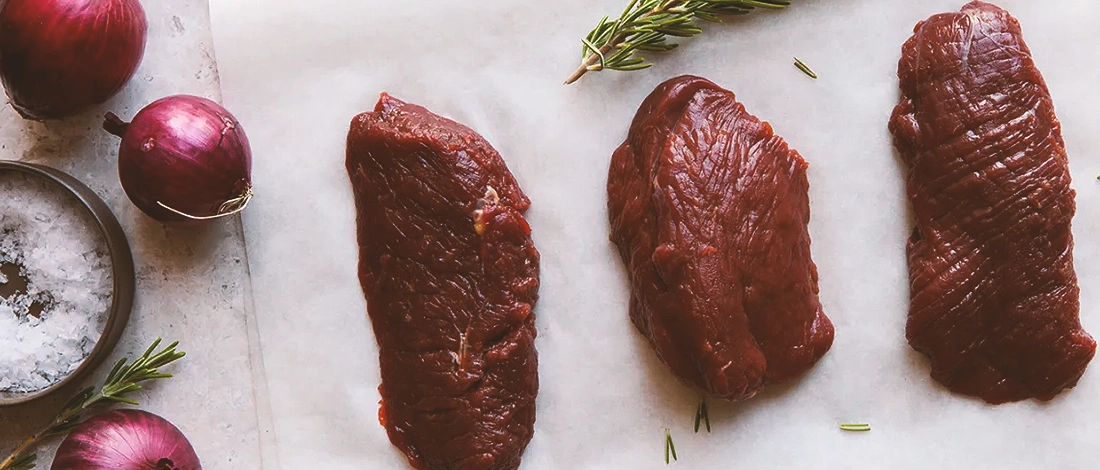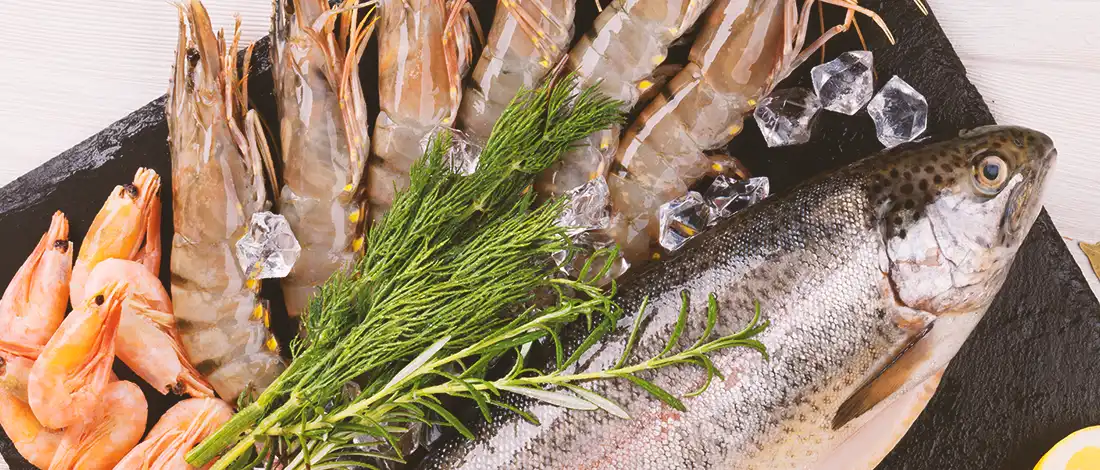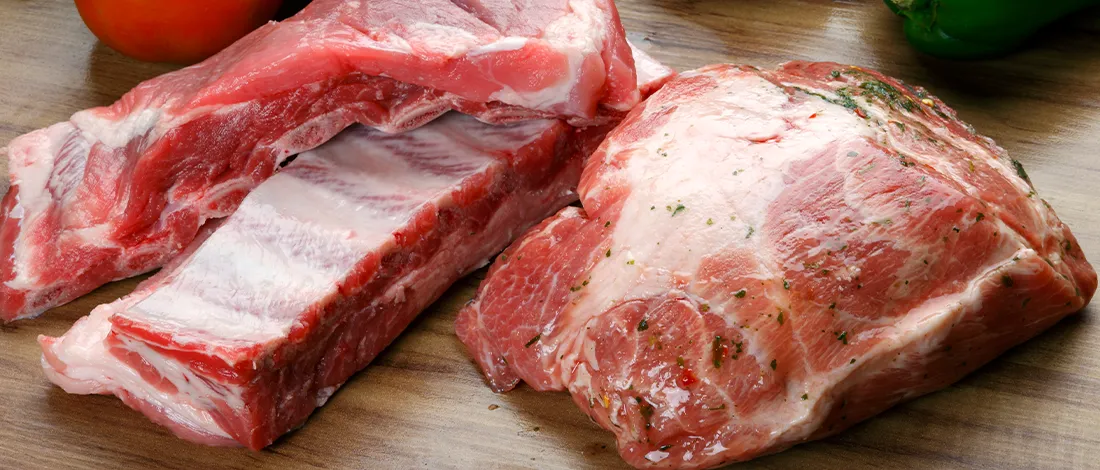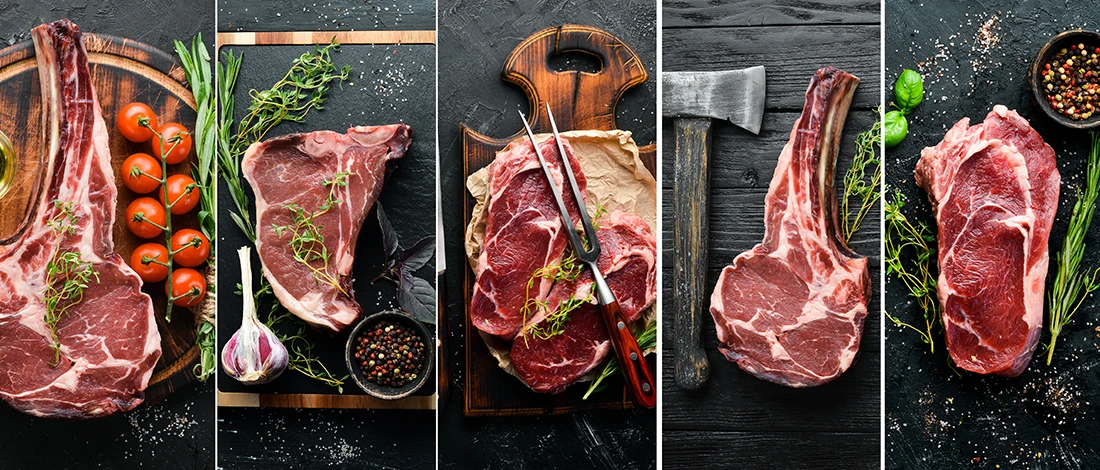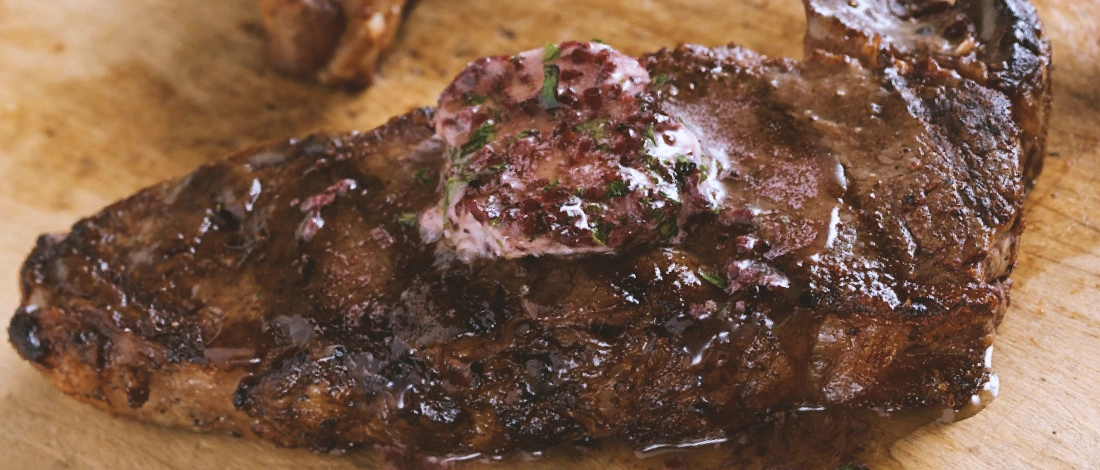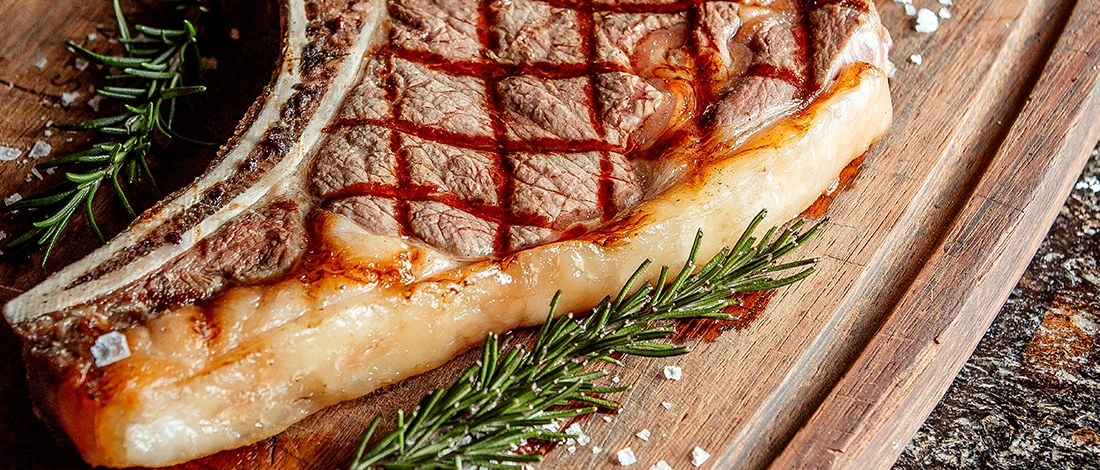I’ve been on a carnivore diet for years, and I’ve made an effort to make fish a regular part of my diet. Naturally, I’ve made my fair share of errors when cooking it.
After years of trials and tribulations, I can confidently say I’ve perfected fish cooking methods.
Today, I’ll share my tips and tricks on how you can cook fish the right way.
Quick Summary
- Various methods to cook fish include baking, broiling, sous vide, grilling, frying, and more, each with its own tips and tricks.
- Preparation steps before cooking fish include washing, drying, removing bones, brushing with oil, and seasoning.
- The choice of cooking method depends on the type of fish, personal preference, and the desired healthiness of the meal.
9 Fish Cooking Methods
If you’re looking for a reliable source of seafood, check out our round-up of the 10 best mail order meat services. These companies only sell sustainably sourced seafood, and they have a huge range of fish.
Fish offers a lot of freedom when it comes to the ways you can prepare it.
1. Bake

Baking fish is one of the healthiest ways to cook fresh fish because fish will preserve all the healthy nutrients. It’s also one of the easiest, especially if you often overcook fish.
The oven temperature should be around 450 degrees so the fish cooks quickly and evenly. You can bake whole fish or fish fillets.
How long you should bake fish depends on its thickness. For example, bake a thin fillet for about 8 minutes and a thick fish for around 20 minutes.
Pat the fish dry and season it before baking. Make sure to thaw frozen fish or you risk getting a bad texture.
“Baking is the easiest way to cook fish. It’s foolproof, and you can do it with salt and pepper, but adding a marinade is a way to impart more flavor.”
- Tasty, YouTube Channel
Bake fish on a baking tray which you lined with a baking sheet or sprayed with nonstick cooking spray. Place the fish directly on the baking sheet or on a rack above it. You’ll know the fish is baked when it’s firm but not hard.
2. Broil
If you have thick fish fillets, it’s best to broil fish so it doesn’t become dry. This is also one of the healthier ways of cooking fish because you don’t need to add fat or oils, which means fewer calories. Instead, you can use tomato sauce for extra flavor.
You should baste fish before and during broiling. Broil 1-inch thick fish a couple of inches from the heat source in a broiler pan, and leave the door slightly open.
If you have a fish fillet less than 1 inch thick, there’s no need to turn it over — both the bottom and the interior will become brown. If your fish fillets are thicker than 1 inch, you should turn them over in the middle of broiling. Broil fish for about 10 minutes.
3. Smoke in an Oven

Smoked fish is easier to make than you expect, especially if you smoke in an oven. The most important step to smoking fish in an oven is preparation. Cure the fish in salt, then rinse and dry.
You also have to prepare your oven. Add a tray of wood chops to the bottom of the oven. The wood chips will simulate the smoker effect. Make sure to get wood that’s used for smoking to get that delicious smoky flavor in your fish.
Place the fish onto the oven racks and smoke for about an hour and a half to two hours.
4. Poach
Poaching fish is best if you have lean fish, such as bass or swordfish. This is also one of the quickest ways to cook fish, as it takes only a couple of minutes on the stove.
You’ll need a pot of water which you have to bring to boil at 140 degrees. Then simmer for about five minutes until the fish turns translucent.
Pro tip: You can use other liquids apart from water for extra flavor. Some examples include vegetable broth, wine, different kinds of milk, fish stock, and more.
You don’t need too much liquid, but just enough to cover the fish. Make sure your pan is covered during the cooking process. Finally, you can use the poaching liquid as a base for a sauce when serving poached fish.
5. Microwave

You can use a microwave to steam fish fillets in under five minutes. Any boneless fish steak or fish fillet can be microwaved.
Start by spraying the microwave with nonstick cooking spray. Then place the fish on a plate with seasonings and a small number of sauces or liquids you like.
Cover the plate with plastic wrap and let it cook for about three minutes. You can turn fish fillets once, especially if they are thick.
Microwave is one of the easiest ways to cook fish because it’s easy to tell when the fish is done. You can also cook some vegetables with fish fillets.
For example, add some green vegetables to the plate with fish, and you’ll have a healthy meal of fish and veggies.
6. Sous Vide
Sous vide will give you uniform cooking results. Sous vide means under vacuum, and that’s how you cook whole fish: place it in a vacuum-sealed bag and then put it in water to cook.
Fish won’t lose any flavor or juiciness this way. However, there are different ways to cook fish sous vide, depending on what kind of fish you have [1].
If you have fish rich in oil, such as tuna, you should cook each piece of fish separately, or the pieces can stick together.
If you have white fish, such as cod or halibut, you should season it with salt and pepper before placing it in the pouch. You can finish this fish in a hot pan for about 30 seconds to get a crunchy exterior.
Finally, if you have lean and flaky fish, add melted butter and herbs to the pouch and then sear the fish for about 30 seconds per side.
7. Fry
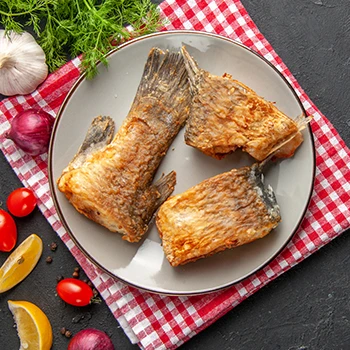
Fried fish fillets are delicious but not the healthiest option. One study found that eating fried fish once a week increases the risk of heart failure, which defeats the purpose of eating fish (you won’t get any of its benefits) [2].
However, there are some steps you can take to make sure the frying doesn’t destroy all the omega-3 fatty acids and other healthy compounds.
You can pan-fry fish fillets instead of deep frying and use healthy oils.
Make sure to keep an eye on oil temperature if you opt for deep frying. If the oil isn’t hot enough, your fish fillet will turn out soggy, but if it’s too hot, you’ll have burned fish. The ideal oil frying temperature is around 350 degrees.
Coat the fish pieces in flour and dip in beaten egg, then coat in breading, and cook each piece for 3 to 5 minutes on medium-high heat until it turns brown.
Use a fish spatula to get the fish out of the pan and drain it on a paper towel.
8. Slow Cook
Slow cooking whole fish is a fire-proof way to get juicy and moist fish.
Start by placing a small dose of liquid on the bottom of the pan. Line the bottom with lemon wedges and place the fish on them so it steams slowly.
This is a great cooking method, especially if you have a thick piece of white fish or if you have several fish pieces.
9. Grill

No how-to-cook fish list can be complete without grilling. This is the best fish cooking method if you want to avoid heavy crust and a lot of fat.
Generally, thick fish cuts, such as salmon, grill better than lean ones.
Start by preheating the grill to medium-high heat, around 450 degrees. Thaw frozen fish and pat it dry. Season with salt and pepper on both sides.
Brush grill grates with canola oil or olive oil so the fish doesn’t stick, and place the fish on grill racks.
If you’re cooking directly over the heat source, cook for 4 to 6 minutes per side, and if you aren’t cooking straight over the heat source, cook for about 15 minutes. You can sear fish over direct heat in the end.
Pro tip: Don’t remove the skin if you decide to grill, but grill skin-side down for better texture.
Lukasz Babral, executive head chef at Insight Flavour, says that grilling fish is one of the best ways to highlight the natural flavors and texture of the fish without masking it with heavy sauces.
Less is more as long as you have high-quality ingredients.
Preparing Fish for Cooking

Once you’ve chosen your fish, you have to prepare it before cooking. Here’s how to prepare most fish:
- Wash the fish in cool water.
- Wrap it in a paper towel to get rid of extra moisture.
- Use tweezers to get rid of any protruding bones.
- Brush with oil to prevent fish from sticking to the cooking appliance.
- Season with salt and pepper. You can use additional seasoning depending on the cooking method. You can also marinade once the fish is no longer on direct heat to prevent the fish from sticking.
- If your favorite recipes are grilled fish, don’t remove the skin. It gives the fish more protection and a lower chance of overcooking.
- You can serve it immediately after the fish is fully cooked. Decorate with lemon wedges or herbs for a stunning presentation.
Related Articles:
FAQs
How Long Does It Take to Cook Fish?
It takes 10 minutes per inch of thickness to cook fish. Always use a thermometer to check the internal temperature.
What's the Healthiest Way to Cook Fish?
The healthiest way to cook fish is to broil, bake, and sous vide. Also, pan frying in a cast iron skillet is healthier than deep frying.
References:
- https://www.sousvidemagazine.com/the-latest/tips-techniques/fish-guide/
- https://www.naturalmedicinejournal.com/journal/fried-fish-and-heart-failure


